Which brand and model of binoculars will suit me best? Which magnification is best for hunting? How about target shooting? Dom Holtam answers all these and more!
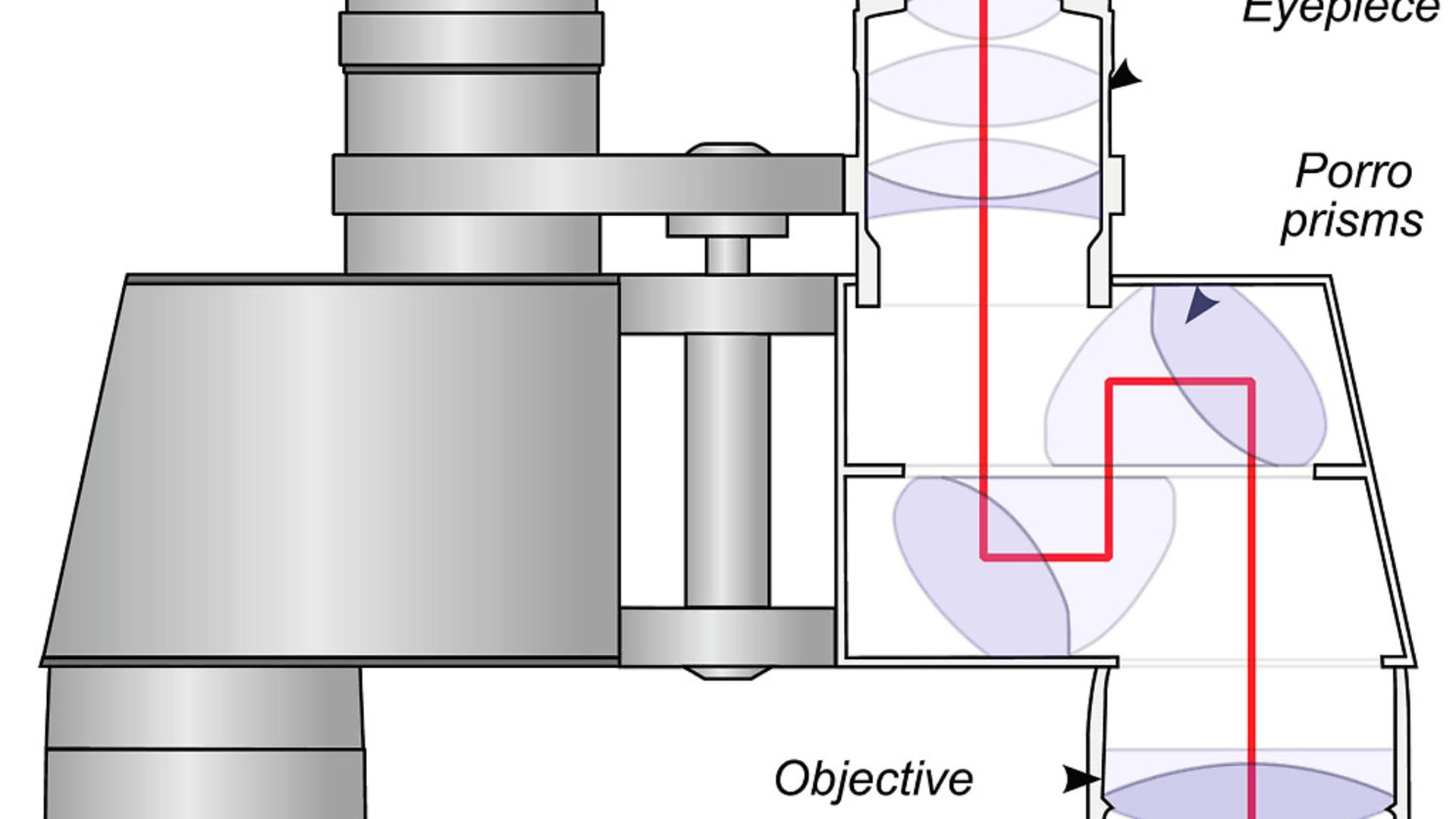 credit: Archant
credit: Archant
here are lots of complicated terms and numbers used in the marketing of binoculars. But which ones are there to impress the potential punter and which ones really help you understand what you are buying?
What do the numbers mean?
When you are looking at binoculars, they are always described with two numbers. For example, 8x32 or 10x42. The first number refers to the magnification - in other words, how much closer to you whatever you are looking at will appear to be. The second refers to the effective diameter of the objective lenses at the front of the binoculars. So a 10x42 binocular has a 10 times magnification and 42mm objective lenses.
A low diameter objective keeps the overall size and weight down - ideal for compact travel optics. However, a large objective lets in more light, allowing for superior performance in low light conditions. The downside is increased size and weight.
While a high magnification can really help with long-range quarry or trophy identification, anything over 10x is very hard to use without the aid of a rest or tripod. If you feel you really need more than 10x, you might be better off with a spotting scope.
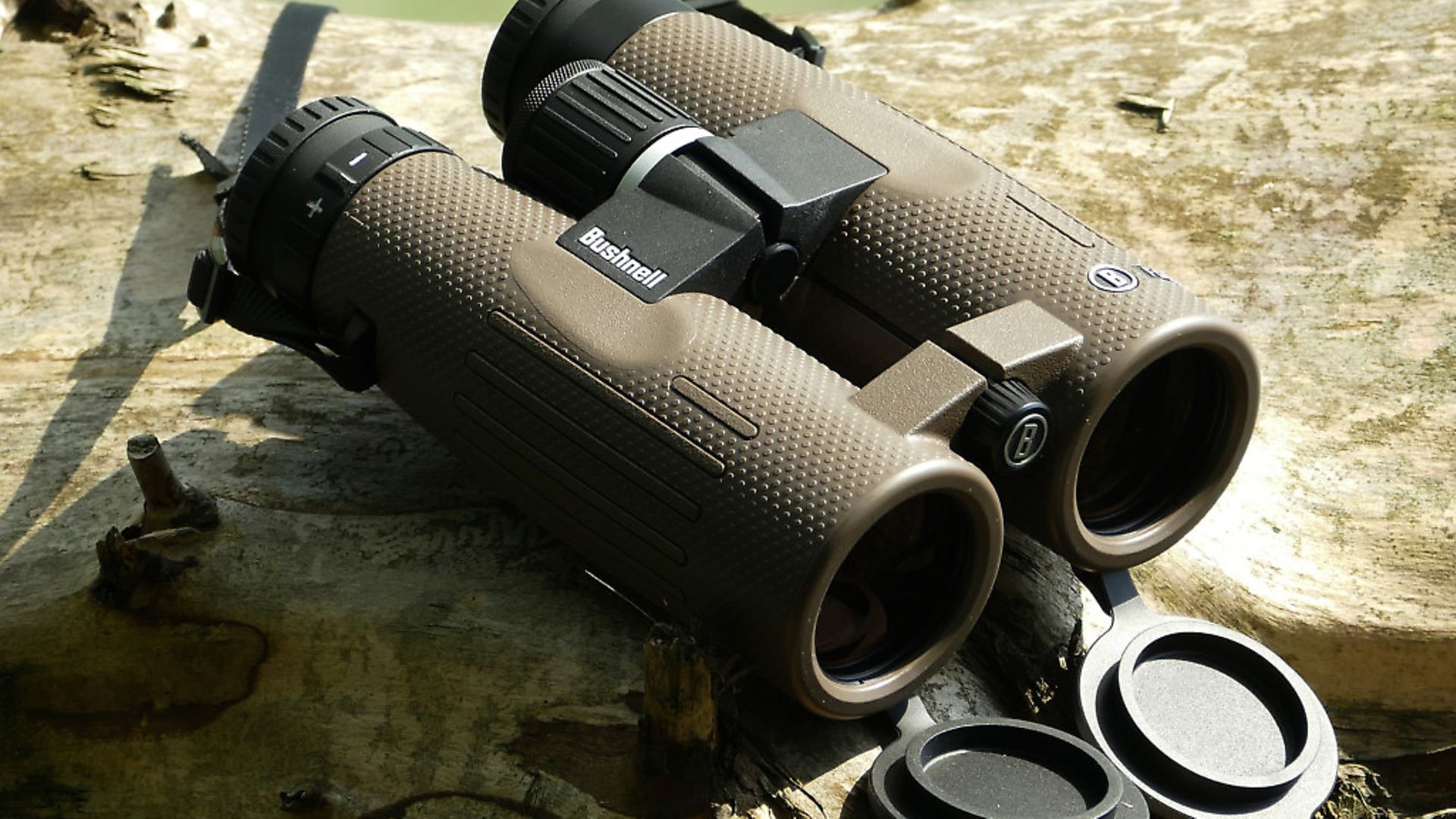 credit: Archant
credit: Archant
Prism systems
Every binocular has a system of glass prisms inside. The prism system reduces the size required for the optical path, keeping the length of the binocular compact and user-friendly. The prism also turns what would be an upside-down image the right way up. There are two types of prism systems: roof and porro.
roof prism system
In roof prism binoculars, the prisms overlap closely, allowing the objective lenses to line up directly with the eyepiece. The result is a slimmer and more streamlined shape in which the lenses and prisms are in a straight line.
Roof prism binoculars are less bulky than an equivalent porro model and often considered more 'modern looking'.
porro prism system
In porro prism binoculars, the objective or front lens is offset from the eyepiece. Porro prism binoculars provide a greater depth perception and generally offer a wider field of view. Because of the simplicity of this system, some of the best light transmission values can be with a porro design. Cost can be considerably less, too.
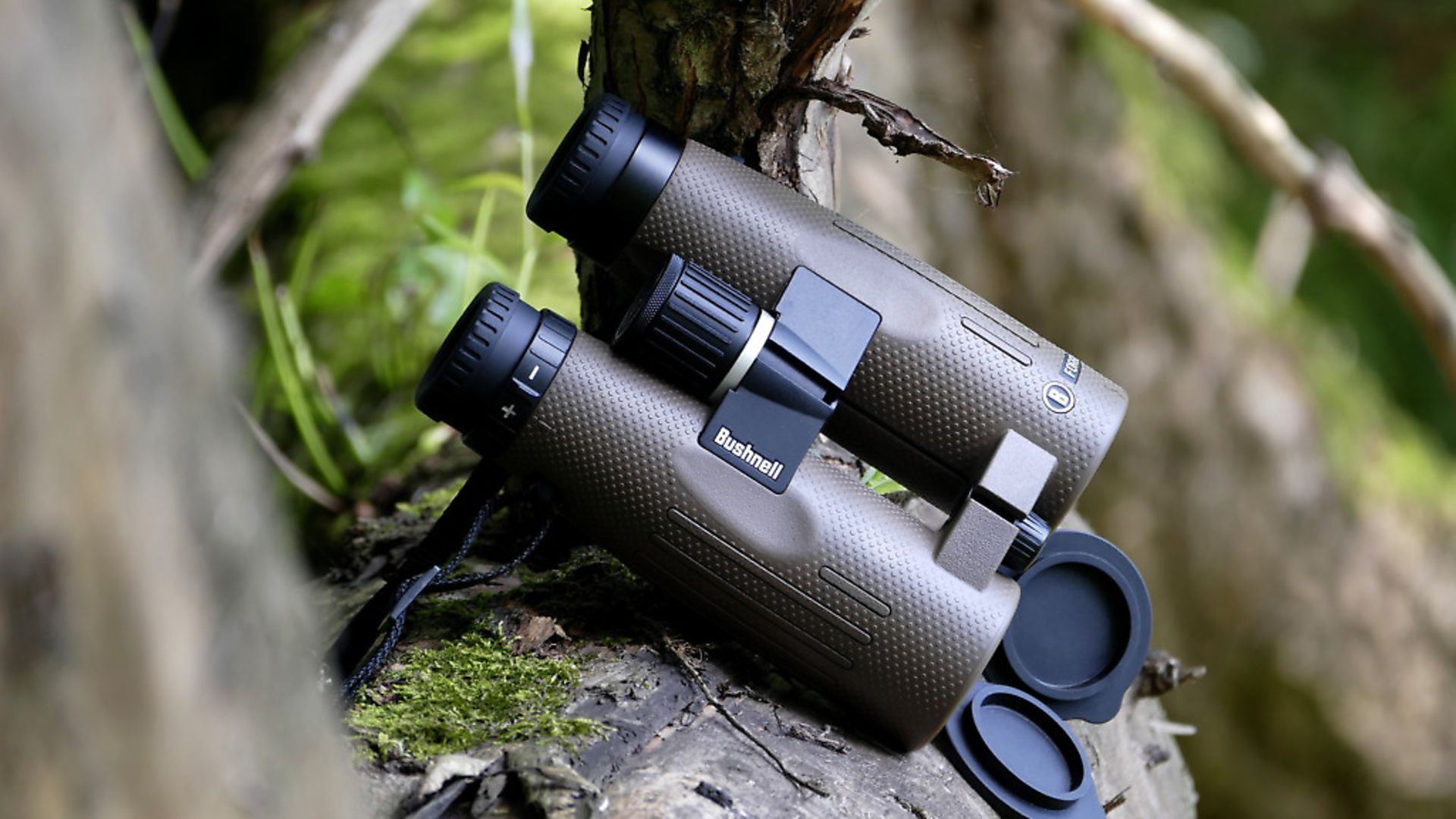 credit: Archant
credit: Archant
JARGON BUSTING
Exit Pupil
This measurement represents the size of the circle of light that comes from the ocular lens (the one nearest the eye). The larger the exit pupil, the brighter the image. It is generally accepted that the human pupil cannot dilate further than 7mm.
Exit pupil can be calculated by dividing the effective diameter of the objective lens by the magnification. So on an 8x42 binocular, the exit pupil is 42/8= 5.3mm
A large exit pupil will make the image appear bright and is important for optical performance in low-light conditions.
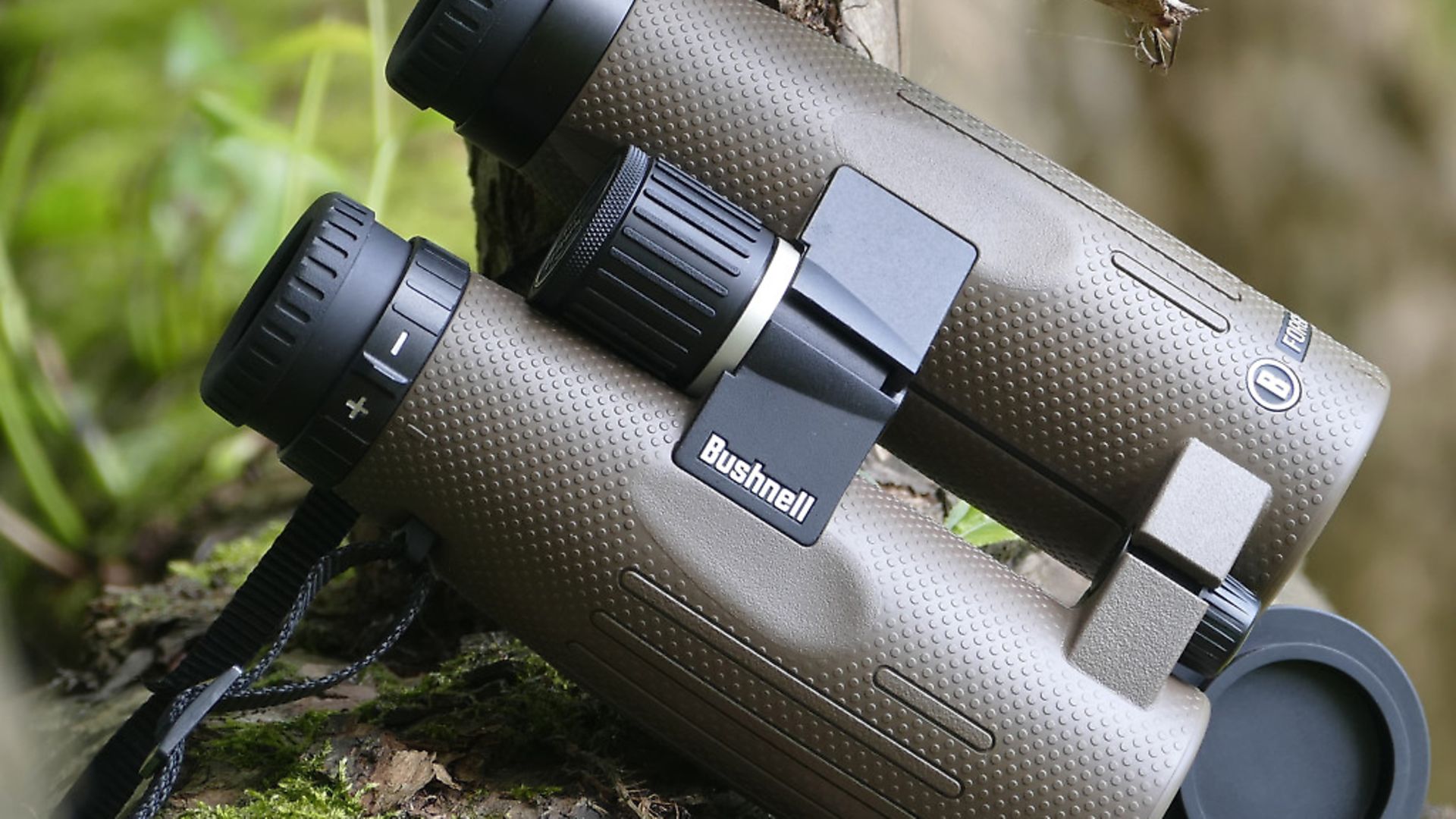 credit: Archant
credit: Archant
Field of View (FOV)
This is a really important element of optical performance. The field of view is literally how much you can see through the binocular from one side of the image to the other, and it is normally represented in either feet at 100 yards or metres at 1,000m.
A wide field of view is ideal for scanning terrain or following action. Increasing magnification normally reduces the field of view.
Twilight Factor
Don't be fooled by this one! This is basically just a mathematical calculation. The figure is found by multiplying the magnification by the size of the objective and finding the square root of the total. It does not necessarily follow that a high twilight factor means the binocular will be good at twilight.
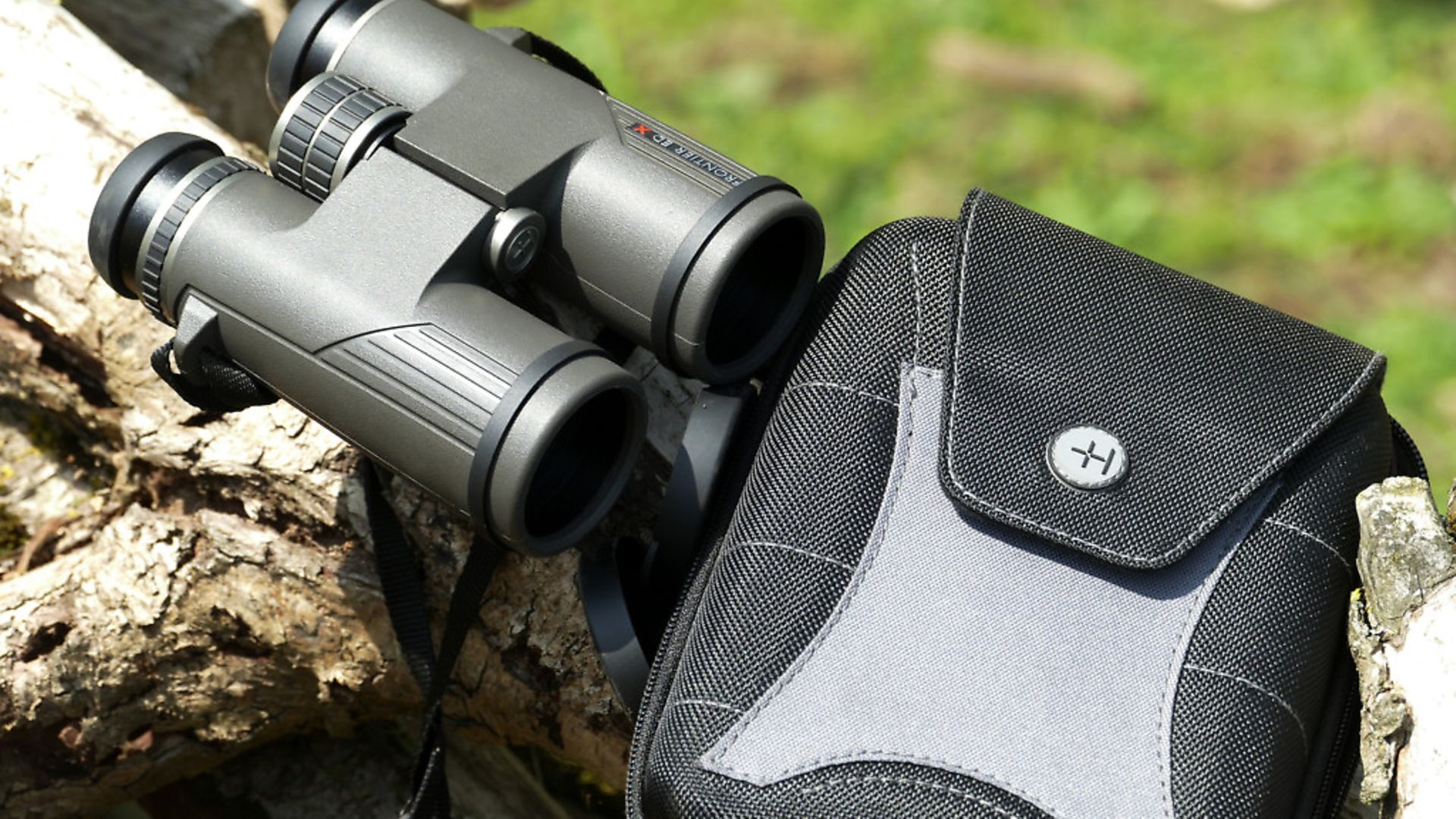 credit: Archant
credit: Archant
Quality glass, a big objective lens and a large exit pupil are what you need for optimal performance in low light.
Lens Coatings
I remember visiting the Zeiss factory and seeing a statistic that without using lens coatings, a riflescope would have around 27 % light transmission. However, the complex multi-coatings applied to every glass to air surface increase that number to in excess of 90% light transmission.
Companies apply all sorts of clever coatings - some enhance performance in daylight, others are designed to maximise the image quality in low light. Some do not just enhance light transmission, but also repel dirt and water.
Waterproof and Fog Proof
If you are likely to be out in all weathers or in a tough environment such as the foreshore, ensure your optics are waterproof. Don't be fooled by the term 'weather proof'… that is not the same thing!
 credit: Archant
credit: Archant
It is also worthwhile ensuring that the product is fog proof to stop it from steaming up in humid conditions. This is usually done by filling the binoculars with an inert gas such as nitrogen or argon. Look for terms such as 'nitrogen purged'.
Types of glass
ED glass: This stands for extra-low dispersion. This type of glass reduces chromatic aberration (colour fringing at the edge of the image). Some manufacturers use the term HD (High Definition) interchangeably with ED.
 credit: Archant
credit: Archant
FL glass: Glass containing fluoride. While all fluoride glass is ED, not all ED glass contains fluoride. Plenty of top optics don't use FL glass and still deliver outstanding performance.
Eye relief
This describes the distance the binocular can be held away from the eye while still providing full field of view. This is important for viewer comfort (because everybody's face is different) and if you wear glasses. Many binos now come with adjustable multi-position eye cups that allow you to set the ideal gap.
Diopter adjustment
This is an auxiliary fine focus adjustment that is usually only on one eyepiece and allows you to tailor the optic if you have slight differences in vision from one eye to the other.
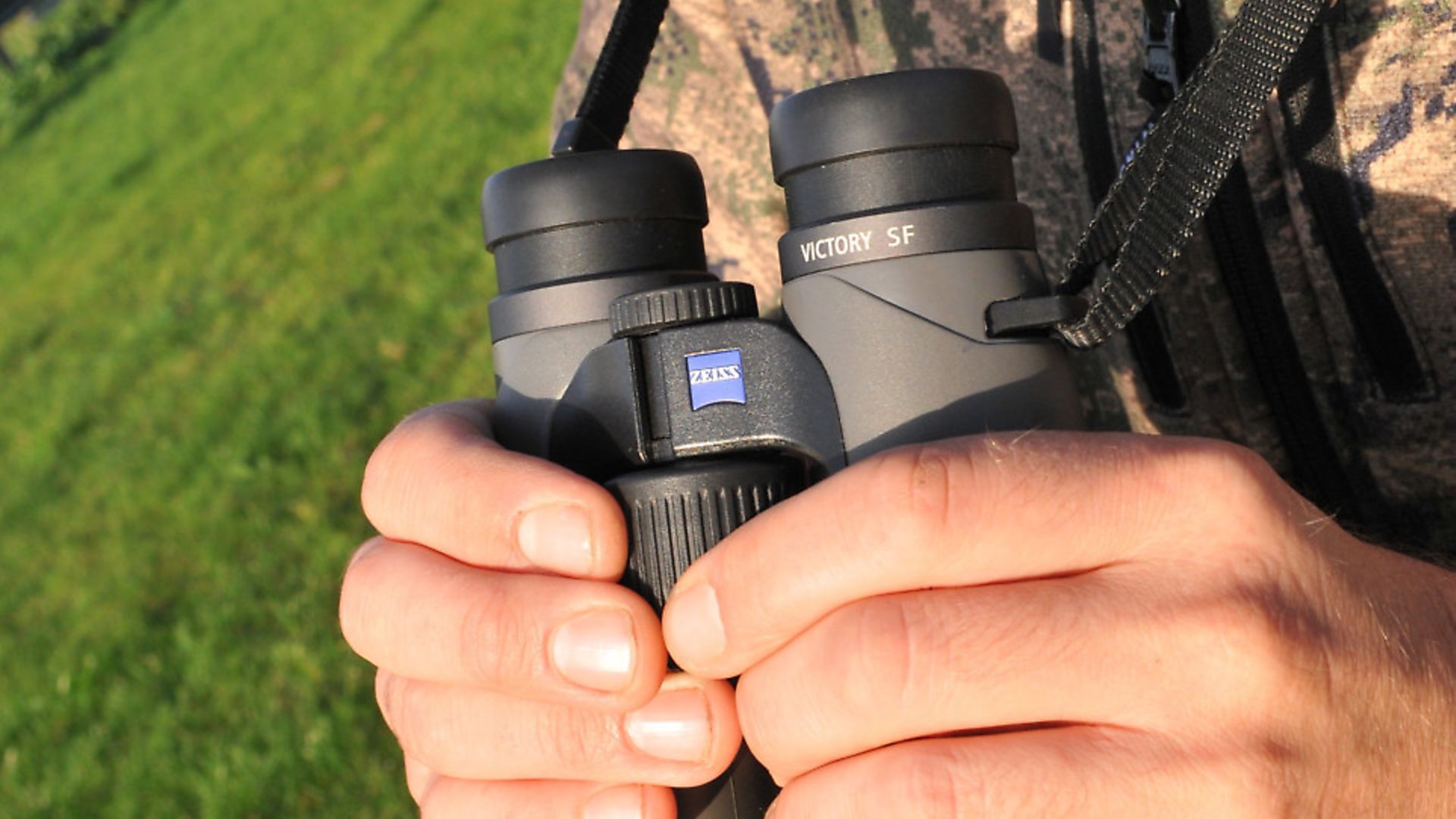 credit: Archant
credit: Archant
Construction
Most top-of-the-line optics feature magnesium bodies for light weight and strength - and normally, the exterior is coated in a rubber armour to give a good grip.
What is the right binocular for me?
Choosing the right binocular is about assessing what you are really going to be using your optic for. If you do some occasional birding, lots of travel and want something light and easy to carry around, a pocket-sized 10x30 or similar would be great.
 credit: Archant
credit: Archant
If you spend most of your time sitting in a high seat shooting at either dawn or dusk, you'll probably want something that will offer maximum light transmission, but size and weight will be less of an issue. Here, a classic 8x56 would be a good choice.
I have usually favoured the middle ground. 8x42 or 10x42 is a great all-round specification. Light and wieldy enough for a day on the hill but with enough light-gathering capability to spot a fallow at first light. All of the binoculars I own use the porro prism design.
How much should I pay?
I learned a valuable lesson about quality optics early on in my shooting career. I had just spent a couple of hundred quid on some binoculars and thought they were brilliant. I was stalking with a pal who had a well-worn pair of Swarovski SLCs that he'd bought used some years earlier. It was very dark, but I heard him whisper to me: "Can you see those two fallow does on the edge of the wood?" I couldn't. Not a thing. In fact, I had to borrow his binos to see for myself and the difference in image brightness and clarity was simply gob-smacking.
 credit: Archant
credit: Archant
Those old chestnuts about spending your money on your optic and your change on your gun… that you can't shoot what you can't see… well, they are old chestnuts for good reason! And think about it - for every few minutes that you spend looking through a riflescope, you might spend a few hours glassing with your binos.
A day's wildfowling on the foreshore is transformed when you have decent optics to observe the avian comings and goings on the tide. For the stalker, it can mean the difference between success or failure and no countryman, woman or child should really be without.
So, in short, spend as much as you can afford on your binoculars. Not everybody will be able to justify £2,000 for range-topping Swarovski, Zeiss or Leica items. But if you could… I doubt you would be disappointed.
I think there are some really decent optics out there in the £300 to £500 price bracket, and double that will buy you a binocular of great quality that will last a lifetime. With that in mind, don't discount buying premium optics used, either.
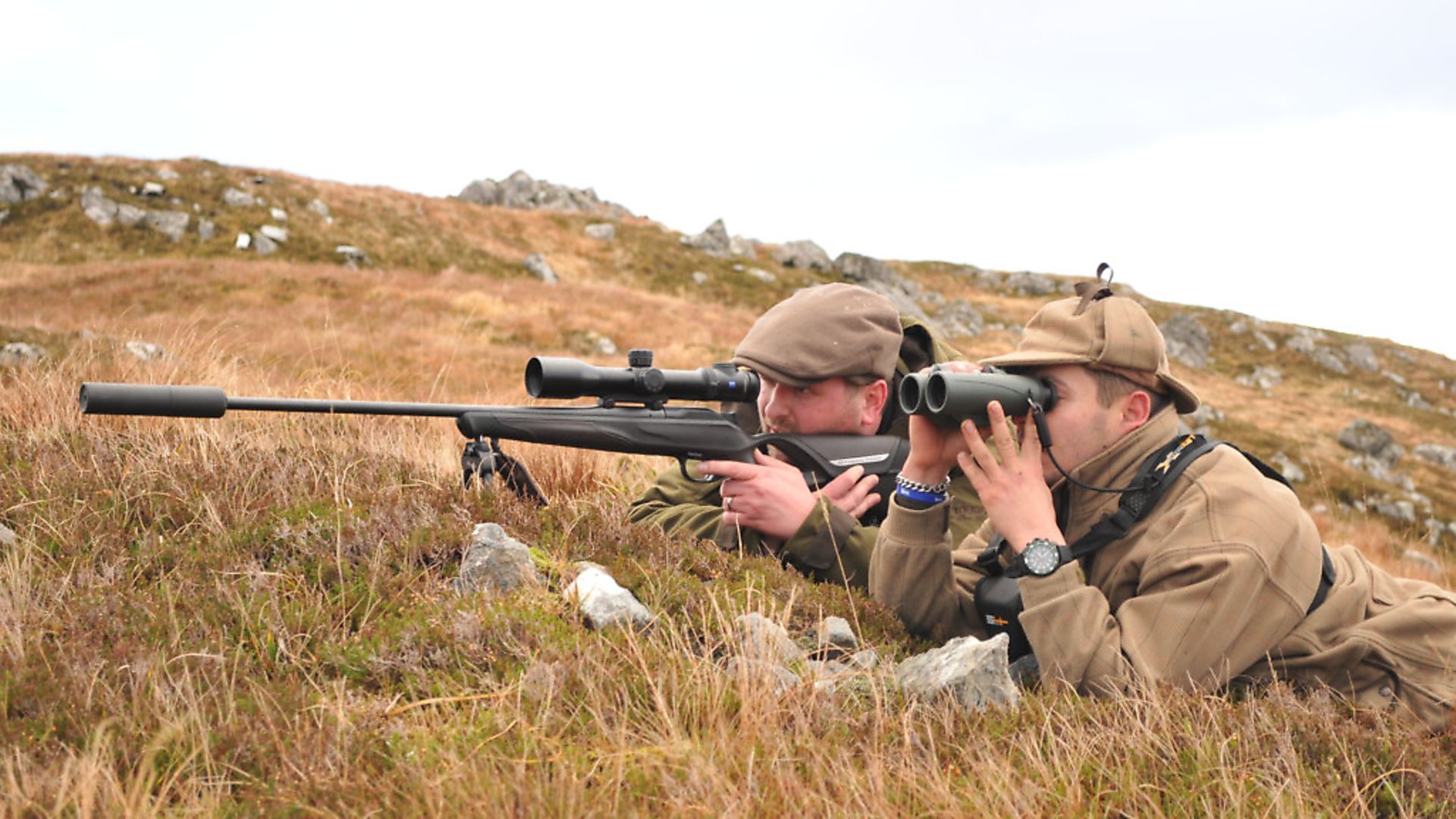 credit: Archant
credit: Archant
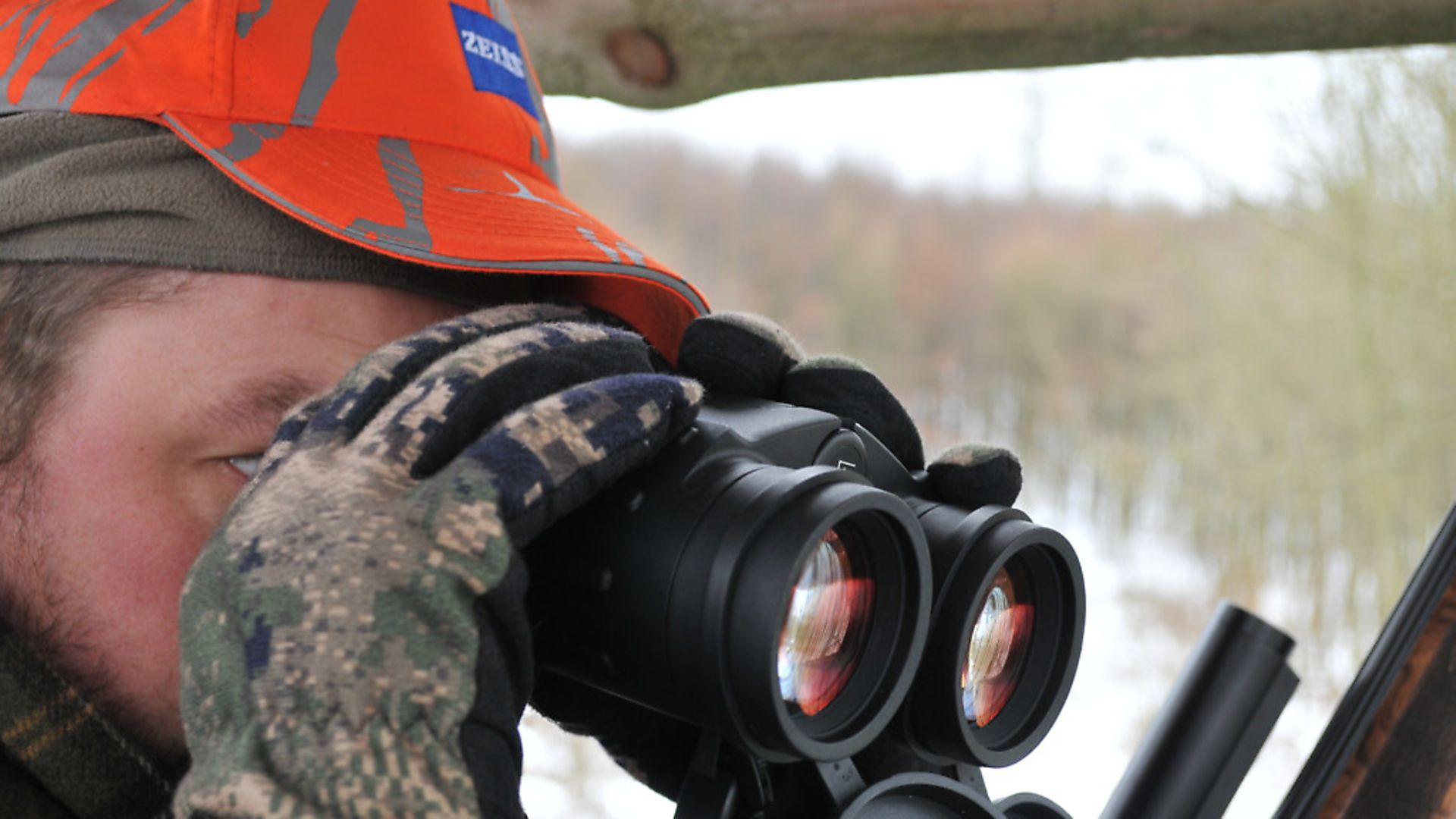 credit: Archant
credit: Archant
 credit: Archant
credit: Archant
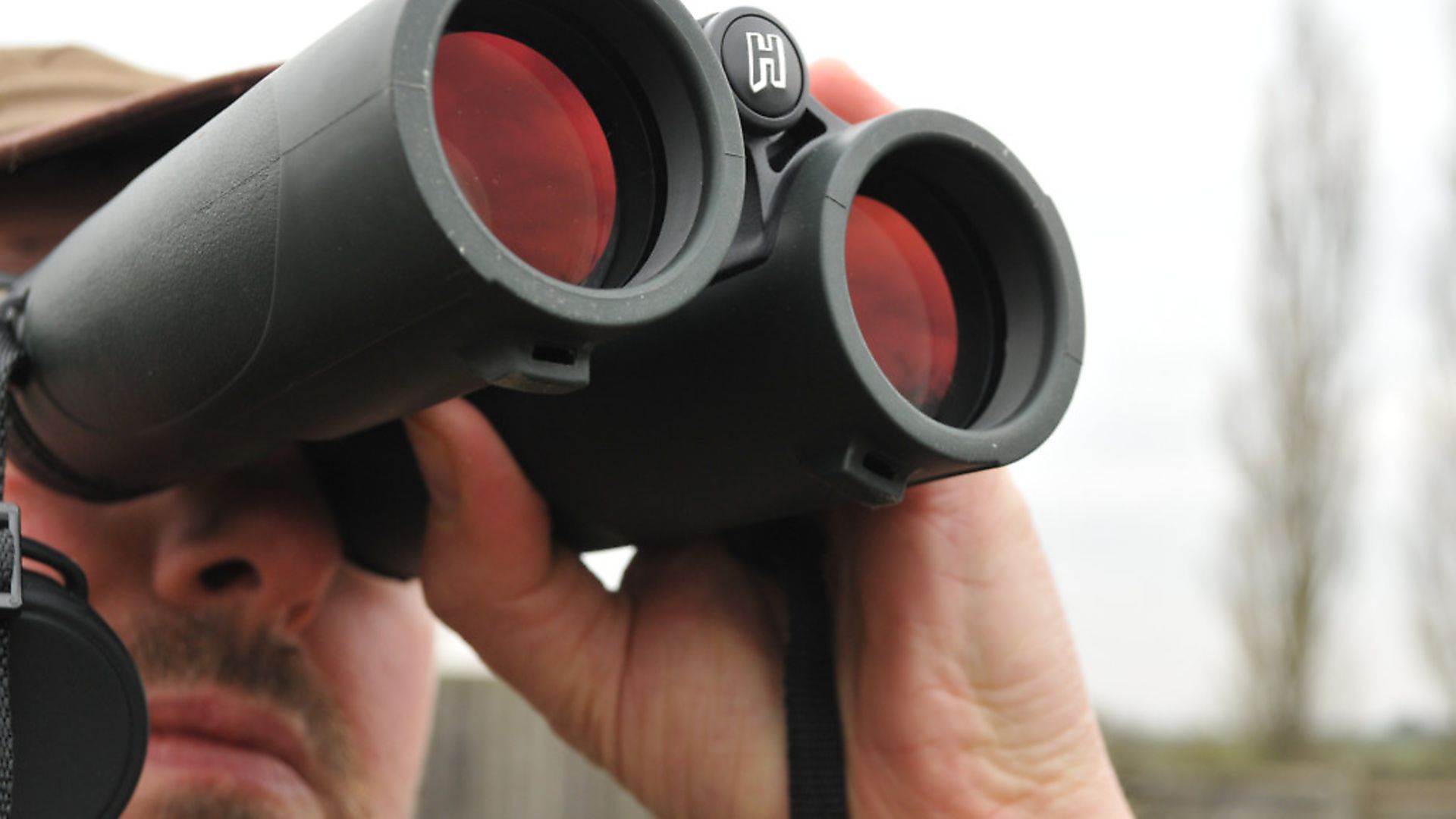 credit: Archant
credit: Archant